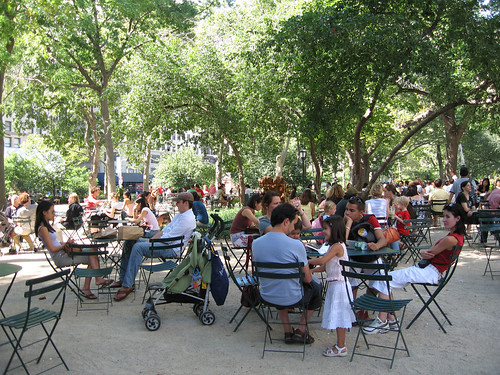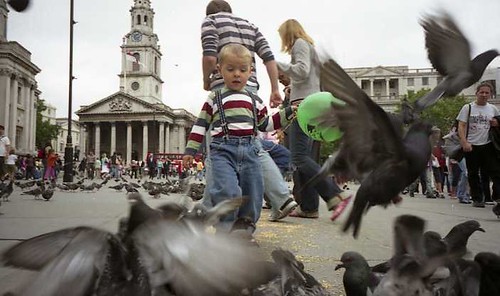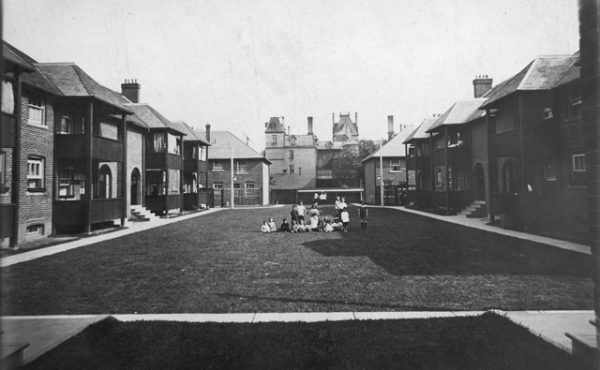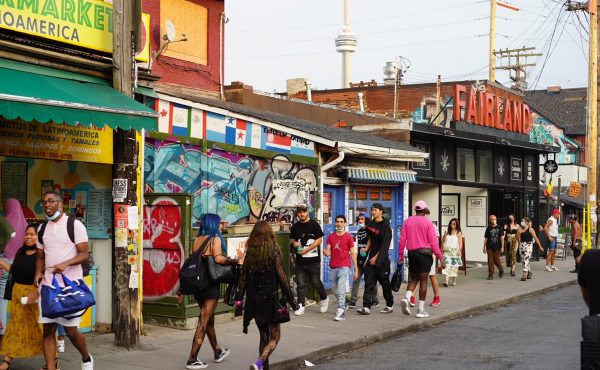Cross-posted to Spacing Votes • by David Scrivener
With so much discussion about the redesign of Nathan Phillips Square in the media lately it seemed appropriate to look at what other cities, and their governments, done about creating livable and exciting public squares. So a quick review of four successful squares from towns far and wide.

Melbourne, Australia
Located across from Melbourne’s main train station and at the centre of the city’s nexus of streetcar lines Fed Square has become in the short four years since its opening in 2002 the focal point of Melbourne. Built by the state government it plays host to three prominent museums as well as numerous cafes and shops. While controversial during its construction for running over budget and hostility towards the architecture the square has since been a roaring success and the focus on many concerts and other events.


 Madison Square
Madison Square
New York, United States
One of the half dozen public squares along Broadway through Manhattan which includes Civic Square, Union Square, Time Square, and Columbus Circle, Madison Square may be considered the most successful. The extremely popular Shake Shack, located in the park, and the leafy surroundings offer a needed respite from the bustle of Broadway, Fifth Ave., 23rd St., and Madison Ave. The historical integrity of the square has been slpendidly preserved, a nearby Home Depot is housed (perhaps camouflaged?) in a renovated nineteenth century office block.

Trafalgar Square
London, United Kingdom
As the primary cross roads of one of the world’s most important cities Trafalgar has long since had a strong image and important place in the pantheon of public spaces. In 2003, a redevelopment of the square dramatically transformed its northern edge; traffic was rerouted and the National Gallery’s staircase and entrance was brought straight to the edge of the square. No longer would Trafalgar be a glorified traffic circle. In 2000 the sale of bird seed was banned in the square and the [in]famous pigeons soon moved on to more bountiful territory. While the square lost some of its charm it allowed the space to be more easily used for festivals and gatherings since it wasn’t already stuffed with grey birds. Finally the Fourth Plinth Project has allowed a rotating roster of statues by contemporary artists to be displayed while a planned statue of Nelson Mandela is contemplated for the pedestal.
 Campus Martius
Campus Martius
Detroit, United States
In perhaps the most pedestrian hostile city on the planet and the hometown of the American car Campus Martius (“Military Field” in Latin) is a pleasant anomaly. It was carved out a gargantuan automotive centered intersection in 1999 in a bid to help revive the downtown which has been in near permanent decline for half a century. Against all odds it’s working. Site of a popular ice rink as well as pleasant gardens in the warm seasons it brings people downtown from the sprawling city and beacon’s timid office workers to bask in the sun. If Detroit, a city synonymous with car culture, can take a stand against king auto then what’s holding Toronto back?
If each of these cities have been able to take public funds, sometimes with help from higher governments or private corporations, and create a new or improved public square to the betterment of each of these cities then surely Toronto’s political elite can make certain that Nathan Phillips Square can enter this pantheon.
Photos by Project for Public Space, Michael Sutrees, thinkaboutit, and indefinitejourney.


